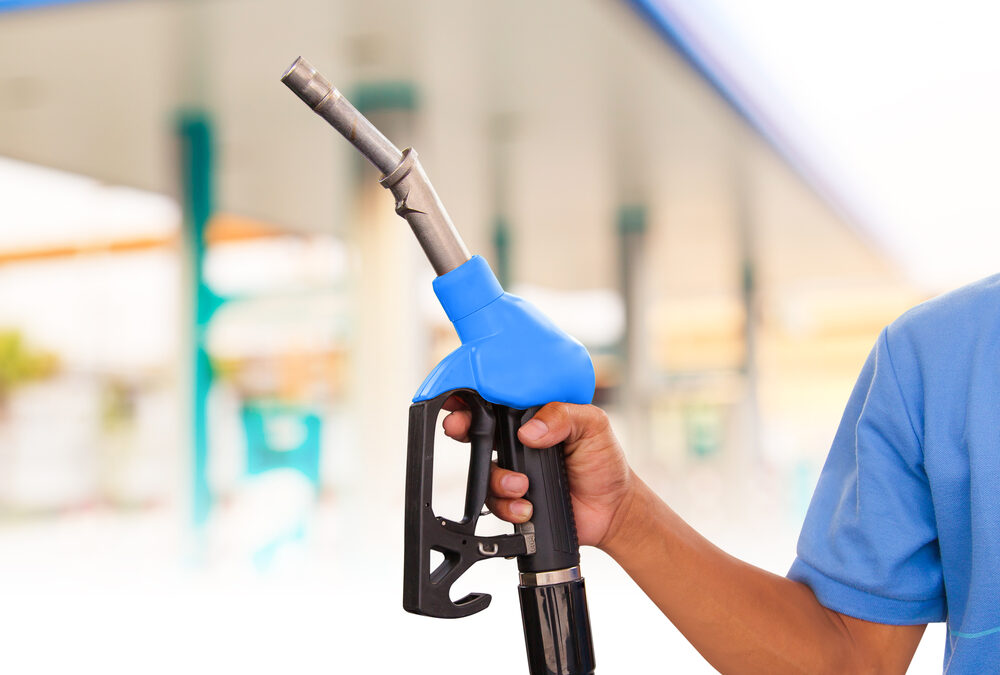Rising Fuel Costs
Gas and diesel prices are reaching record highs around the world. As of June 14th, the U.S. national average for diesel is $5.77 per gallon. This is a steep price to pay at the pump and puts a significant strain on trucking companies and drivers. In fact, these prices are over $2 more than what our drivers were paying last year at this time. The rising fuel prices are due to a variety of factors, including recovery from the pandemic, cuts to oil production, and U.S. sanctions on Russian oil and gas imports. To combat the higher prices, here are a few things that trucking companies and drivers can do to save fuel and money.
Fuel Saving Tips
Reduce Excessive Idling
Trucking companies and drivers can save fuel by reducing or eliminating unnecessary idling. Idling uses fuel needlessly and produces emissions that pollute the air. By cutting back on your idling time, you could save up to 1.5 gallons of fuel per hour, according to the Department of Energy. Try to reduce your idling during these times, when:
- Warming up the engine
- Running engine during stops and deliveries
- Keeping the engine on to use in-cab equipment, like a cellphone charger
Plan Your Routes
Planning your routes in advance can help you avoid traffic congestion and reduce the amount of time you spend idling. Using GPS and route optimization software, you can plan the most time and fuel-efficient routes. Optimizing your route can help you take the shortest route, get multiple stops in with one load, or find the lowest-cost fuel stations.
Drive the Speed Limit
Speeding uses more fuel than driving the posted speed limit. According to the American Trucking Association, a truck traveling at 75 mph uses 27 percent more fuel than one driving 65 mph. That’s a big difference. By taking your foot off the pedal, you could be saving yourself fewer trips to the gas pump and be a safer driver.
Reduce Truck Weight
To save fuel and reduce costs, trucking companies should make sure their trucks are not carrying any extra weight. Remove unnecessary cargo and equipment from the truck to lighten the load and improve fuel economy. Every 1,000 pounds added to a truck’s weight reduces fuel efficiency by about .5 percent.
Use Cruise Control
When it’s safe to do so, use cruise control. This feature helps you maintain a consistent speed and limit unnecessary acceleration and deceleration, which can improve fuel efficiency by up to 6 percent.
Monitor Tire Pressure
Underinflated tires decrease gas mileage by as much as 3 percent, according to the U.S. Department of Energy. Tires that are just 1 PSI below their recommended level can lower fuel economy by .2% percent. That may not sound like much, but it can add up over time. Be sure to check your tire pressure regularly and inflate them to the proper levels.
Maintain Your Truck
Properly maintaining your truck can improve fuel economy by up to 4 percent. Regular tune-ups, oil changes, and keeping your truck clean can all help to improve fuel efficiency. By taking your truck in for regular maintenance, you’re ensuring that your truck is running at its peak performance.
Use Fuel-Saving Devices
There are a number of fuel-saving devices on the market that can help trucking companies and drivers improve fuel efficiency. These devices typically attach to the fuel line and alter the flow of fuel to the engine, resulting in fuel savings.
Closing Thoughts
By following these fuel-saving tips, our drivers can help conserve fuel, save money, and help protect the environment. What fuel-saver tips do you have?
Despite the high fuel prices, we are continuing to hit the road and deliver your liquids. You can expect the same great service and on-time delivery that we always provide. To learn more, please call Liquid Trucking at 488-GO-TANKS! Thanks for your business!
